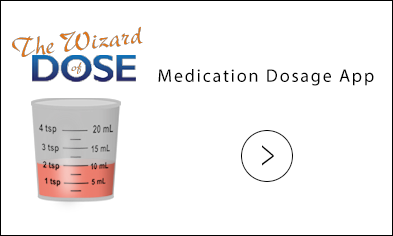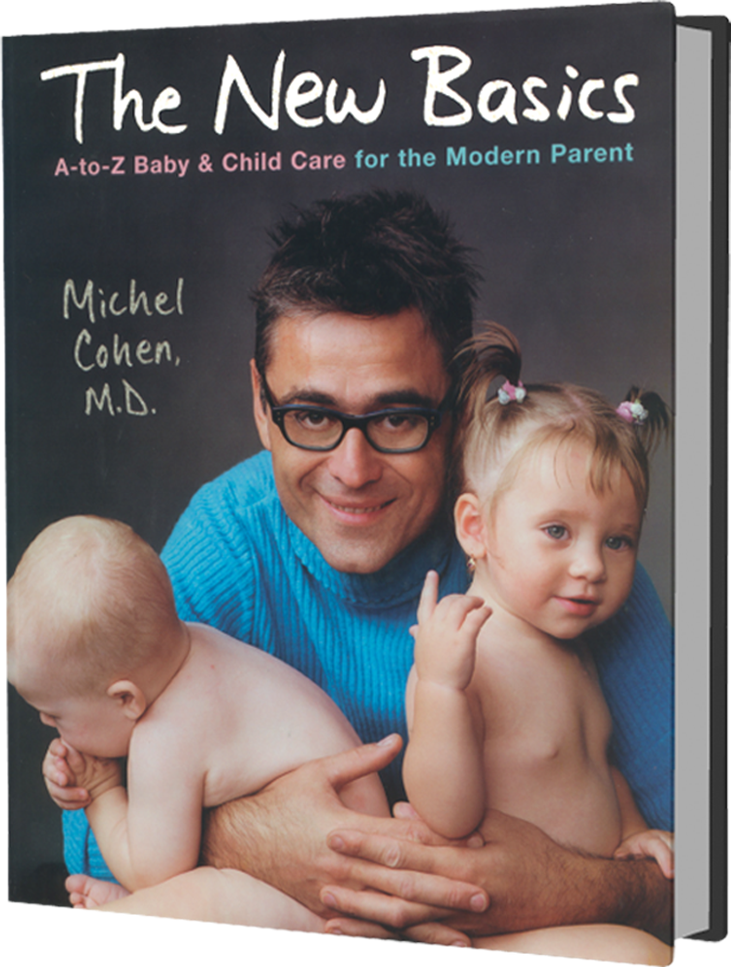
Adoption
Every pediatric practice cares for a large number of adopted kids from different countries. I love to see families bring home children from remote parts of the world, because not only does each adoption represent incredible opportunities for parent and child alike, but it’s also fascinating to watch these kids adapt to their new lives. Here is what you can anticipate in terms of caring for your adopted child before, during, and after adoption.
Before
Care starts before the child is actually in the family. Prospective parents bring me photos, medical records, and even videos of their future children. Some ask my advice concerning the health assessments they’ve received from adoption intermediaries. I advise them not to rely on these, because they are often inaccurate or deceptive. These children can present a wide and sometimes undocumented variety of health concerns or diagnoses that are erroneous. However, children adopted in the United States generally have complete health records, since they’re usually adopted at birth from American hospitals. For most parents, physical ailments would rarely deter them from adoption once they’ve been paired up with a child; they’re ready to deal with these issues at home, no matter what. One exception, of course, is HIV status, because of the poor prognosis for afflicted children. In most countries, reliable HIV testing is performed at birth and made available to prospective parents. Other potential illnesses in developed countries, especially among older children, include rickets, vitamin deficiency, tuberculosis, and malnutrition. Effects of alcohol and drug use during pregnancy are less common in foreign-born children than in American kids. Family history is usually unavailable or unreliable for kids from overseas and to a lesser degree for United States kids. As with biological children, we deal with issues as they arise, no matter what family history comes into play.
During
In terms of medication or nutrition, there’s not much you should bring with you to the happy occasion of meeting your child. No matter where in the world the adoption process takes you, while you’re there you should feed her the same formula that she’s used to [See: Formula]. If she’s older, join her in eating the local food she knows until you come home, and then feed her whatever is appropriate at her age [See: Feeding]. In crowded orphanages or foster homes, children are exposed to more than their share of colds, flus, and stomach bugs. Let the local doctor treat these conditions; even if the care is not optimal, it’s your only option. I usually advise parents to call or e-mail me upon first contact with the child, and I’m sure your doctor will do the same. In a short conversation, I can get a fair idea of the child’s health status and make any special recommendations if needed. With older kids, especially, don’t worry about bonding problems during the transfer of bonding from the foster home to yours. That little creature will feel your loving devotion and hang on to you right away. Within a day or so this perfect stranger will become your perfect child. There is nothing in particular you should do on the way home; the air trip may not be easy, especially with an infant, but avoid sedative medication on the flight [See: Air Travel].
Right After
If Lucy is happy and healthy, don’t rush her straight off the plane to the doctor. You can wait a couple of weeks for the first visit, when she will have a comprehensive health assessment. Your doctor will examine her thoroughly, evaluate her development, draw some blood, and probably update her immunizations. Customary tests include the newborn screening that tests for HIV, several rare metabolic disease, a skin test for tuberculosis, a stool sample test for parasites, and blood tests for anemia, hepatitis B, and any other diseases specific to Lucy’s country of origin [See: Immunizations; Screening Tests]. Immunization reports are usually adequate, so unless the chart looks unreliable, we complete the immunization schedule from where it left off.
After
Once any specific health issues are settled, care for this child just as you’d care for any child. From a developmental standpoint, even when children exhibit minor initial delays stemming from overcrowded orphanages, it’s amazing to see how quickly they catch up and thrive in a loving environment, especially when they’re adopted at a relatively young age. Language acquisition, for example, is miraculous. I’ve seen a two-year-old go from speaking the dialect of the Guangdong province in China to a decent command of English in just a few months. çhildren who are adopted are often put under a microscope and subjected to unnecessary—even erroneous—developmental interventions. I suggest you take a laissez-faire approach and use a light hand when it comes to such interventions: Allow the kid to recover on her own from the minor delays caused by neglect. On the other hand, among the challenges adoptive parents face is to resist overcompensating with affection or attention and to be firm in enforcing the same boundaries that all children need. Refer to the “Discipline and Boundaries” entry for handling situations as they arise.
The Question
The issue of when to tell children that they are adopted is clear. As early as three or four years of age, when Lucy is able to comprehend the concept, tell her in simple and explicit terms that she was adopted. You don’t need to wait for her to ask. At first, the concept will be abstract and she won’t fully understand, but as she grows up and her comprehension deepens, she’ll probably ask more questions that you should also answer clearly. In the United States, open adoptions allow parents of American-born kids to maintain contact with their biological parents. I’ve seen some unusual yet harmonious situations in which the biological parents and the child’s family stayed in contact and formed a rare bond.




 MEDICATION DOSAGE
MEDICATION DOSAGE

